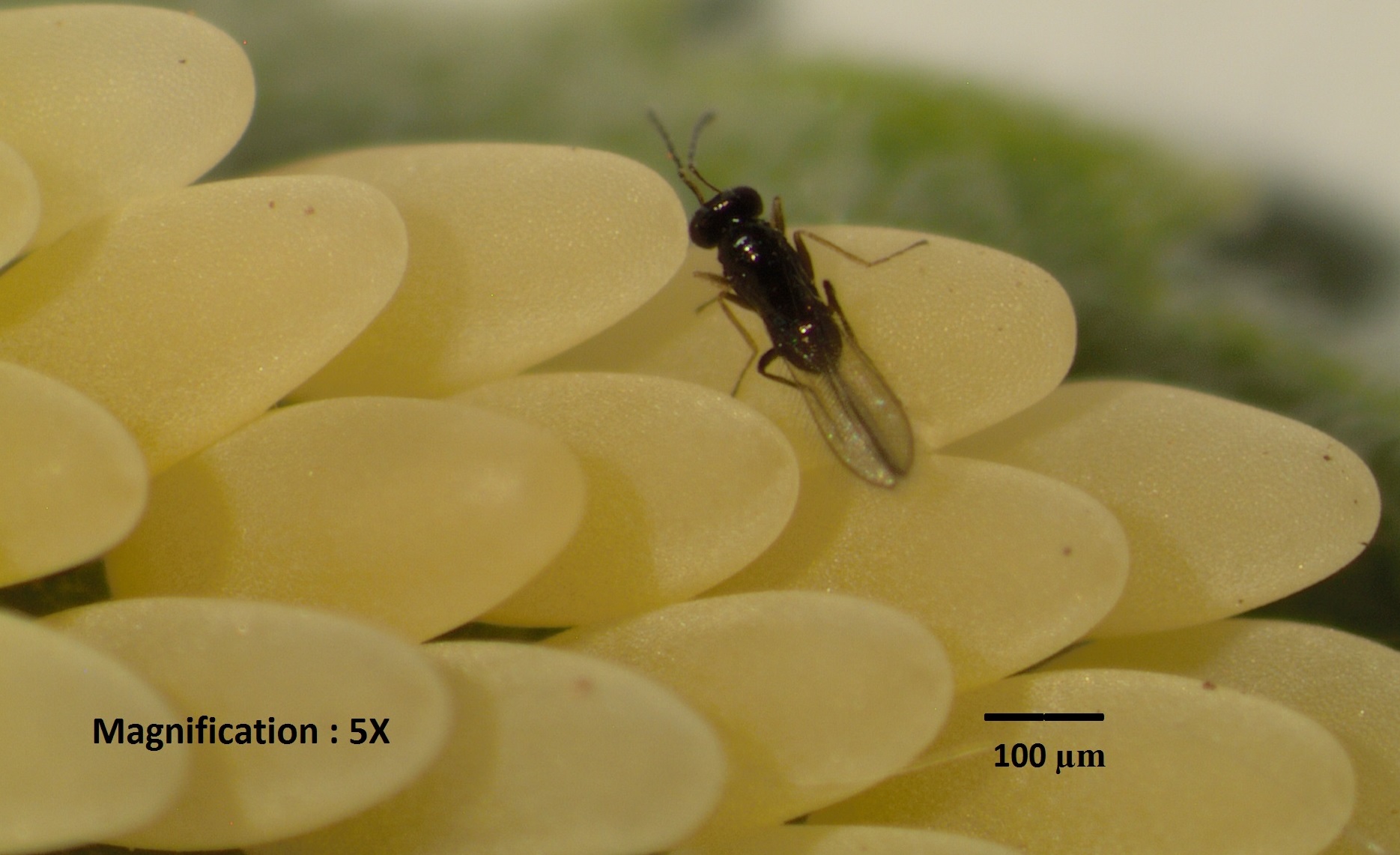First report of Anaphes chrysomelae (Hymenoptera: Mymaridae) on the eggs of Chrysolina herbacea (Coleoptera: Chrysomelidae) in Turkey
Keywords:
new record, egg parasitoid, MenthaAbstract
Summary
Anaphes chrysomelae (Bakkendorf) (Hymenoptera: Mymaridae) was obtained from field-collected eggs of Chrysolina herbacea (Duftschmidt) (Coleoptera: Chrysomelidae) on Mentha spp. (Lamiaceae) in Adana, Hatay, and Uşak provinces in Turkey. Until now, A. chrysomelae has been found only in Italy. With this study, Turkey is the second country in the world where A. chrysomelae is known to occur. This is the second Anaphes species known from Turkey, and one of more than 20 species of Mymaridae reported so far from Turkey.
Sumario
Se obtuvieron Anaphes chrysomelae (Bakkendorf) (Hymenoptera: Mymaridae) de huevos recolectados en el campo de Chrysolina herbacea (Duftschmid) (Coleoptera: Chrysomelidae) de Mentha spp. (Lamiaceae) en las provincias de Adana, Hatay y Uşak en Turquía. Hasta ahora, A. chrysomelae se ha encontrado sólo en Italia. Con este estudio, Turquía es el segundo país en el mundo donde se conoce la presencia de A. chrysomelae. Esta es la segunda especie Anaphes conocida para Turquía, y una más de las 20 especies de Mymaridae reportadas hasta ahora de Turquía.
View this article in BioOne

Downloads
Additional Files
Published
Issue
Section
License
Copyright for any article published in Florida Entomologist is held by the author(s) of the article. Florida Entomologist is an open access journal. Florida Entomologist follows terms of the Creative Commons, Attribution Non-Commercial License (cc by-nc). By submitting and publishing articles in Florida Entomologist, authors grant the FOJ and Florida Entomologist's host institutions permission to make the article available through Internet posting and electronic dissemination, and to otherwise archive the information contained both electronically and in a hard printed version. When used, information and images obtained from articles must be referenced and cited appropriately. Articles may be reproduced for personal, educational, or archival purposes, or any non-commercial use. Permission should be sought from the author(s) for multiple, non-commercial reproduction. Written permission from the author(s) is required for any commercial reproduction.
